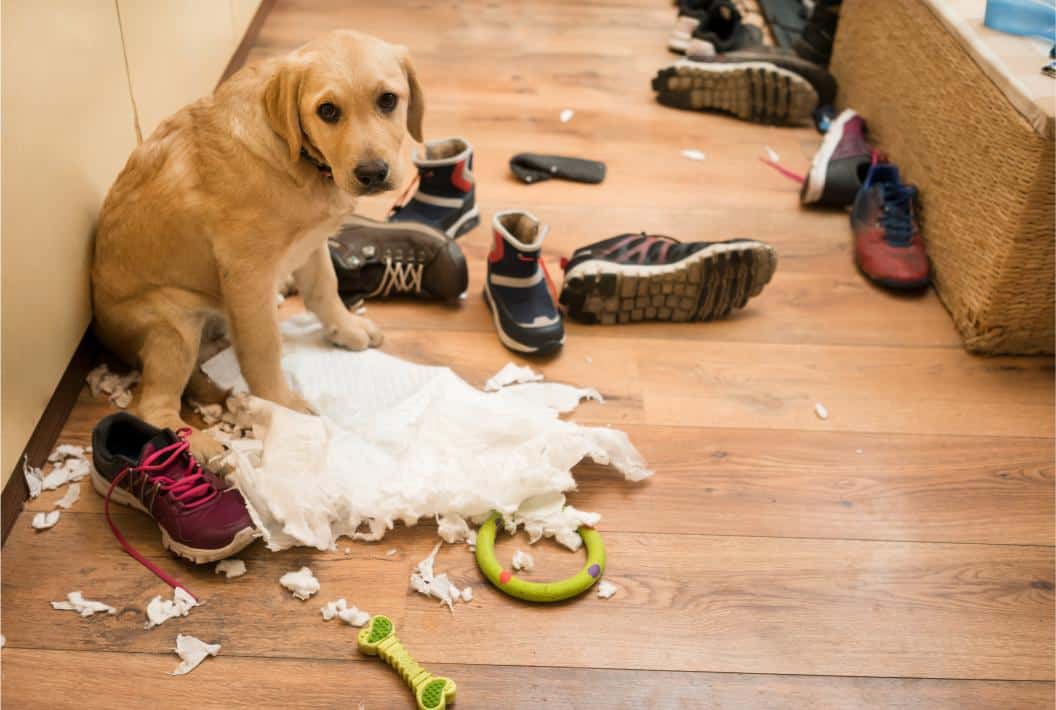Back-to-School Pet Stress


A new school year marks an exciting time for kids. Unfortunately, when animals that have gotten used to extra pets and snuggles during the summer months see that big yellow bus, it can trigger the back-to-school blues.
Separation anxiety in dogs and cats can occur when pets suddenly find themselves in a quieter-than-usual house, but not to worry! Class is in session at Animal Care Unlimited, and our team is here with helpful lessons on mitigating pet anxiety when kids go back to school.
Spotting Signs of Stress in Pets
When you’re already busy packing lunches and adjusting to a new routine, it can be challenging to notice the signs of stress in pets, which are often subtle at first.
Here are some behaviors that might be signaling separation anxiety in dogs or cats:
- Pacing or restlessness
- Whining, crying, or other unusual vocalizations
- Lethargy, lack of interest in playing
- Being destructive, clawing or chewing furniture or other personal items
- Having accidents in the house
How to Help Pets Adjust to School Routines
Most cats and dogs are creatures of habit, so when their routines get disrupted, they can feel stressed or anxious. It’s important to stay calm and compassionate during the adjustment period and let pets know they’re still important members of the family.
Try these strategies to help ease pet anxiety when kids go back to school:
Create a Gradual Routine
- Start adjusting your pet’s schedule a week or two before school starts.
- Walks, meals, and playtime should align with the new routine.
- Begin leaving them alone for short periods to help them get used to the quiet.
Provide Mental Stimulation
- Puzzle toys, treat-dispensing balls, or snuffle mats are great for dogs.
- Interactive feeders or toys like catnip mice can help cats stay entertained.
Leave Comforting Items
- A worn t-shirt or blanket with your scent can soothe anxious pets.
- Soft music or a TV tuned to a pet-friendly station can help reduce anxiety.
Ensure Morning and Evening Activities
- Give your pet quality time before and after school/work—play, cuddle, or go for a walk.
- Exercise and playtime are key. Tired pets are less likely to feel stressed during the day.
Consider a Companion or Help
- Doggie daycare, a trusted pet sitter or dog walker can provide social interaction.
- For cats, window perches and bird feeders outside can offer hours of entertainment.
Include Pets in the New Routine When Appropriate
- Take your pet with you to the bus stop or let them ride in the car when giving the kids a lift to school.
- If your pet is a homebody, let your children offer a special treat right before leaving for school.
Without a doubt, some animals experience pet anxiety when kids go back to school, but there are plenty of ways to help. Please contact us if you’d like more tips on how to help pets adjust to school routines or if it’s time for your pet’s check
